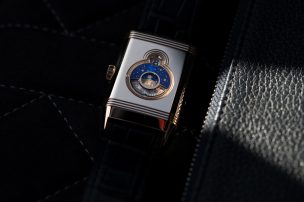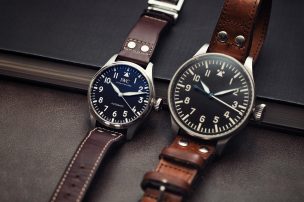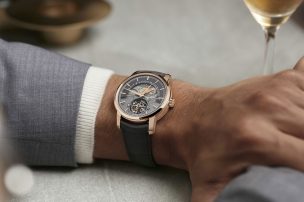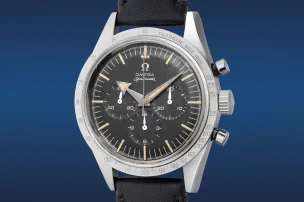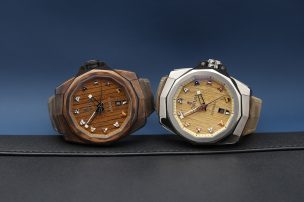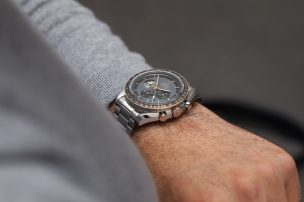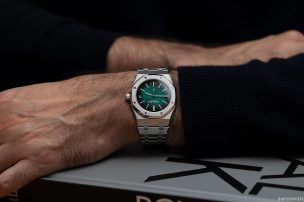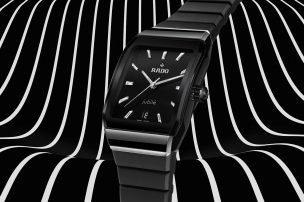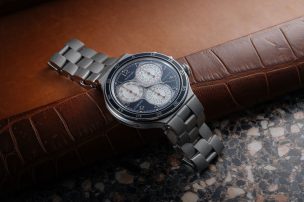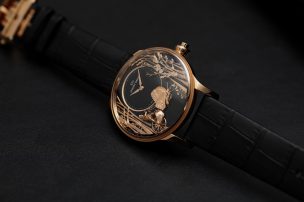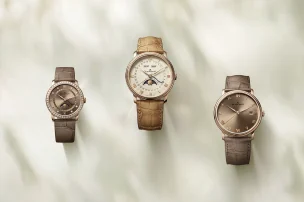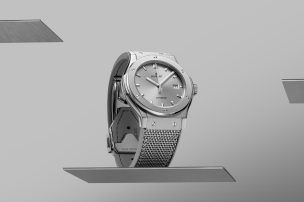
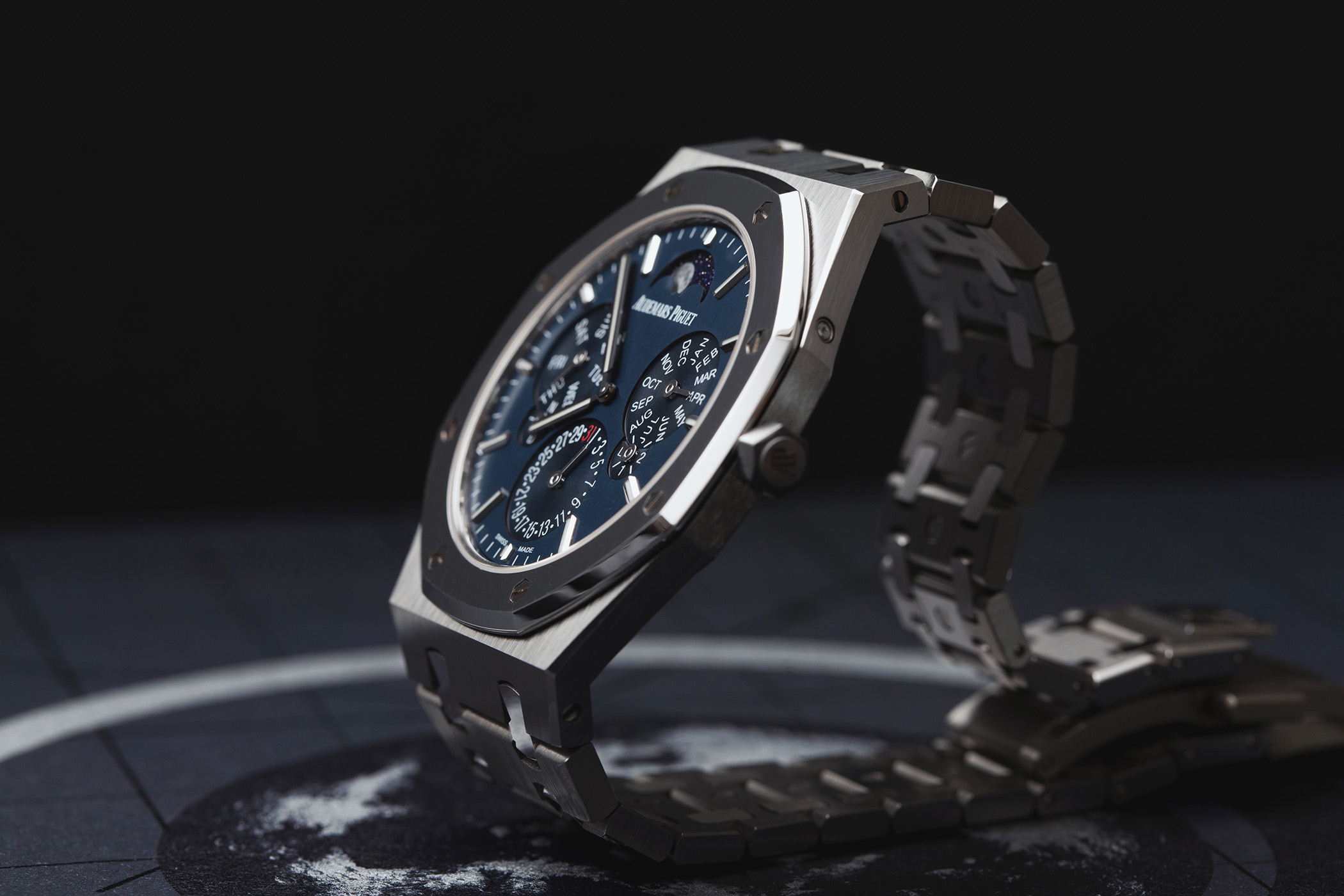
World’s Thinnest Complicated Watches
Most of the thinnest watches out there are time and date only right? I mean if you’re trying to prove how thin your brand can make watches, why would you go and add a complication which makes it more difficult to reach that achievement? Well, whilst that mindset makes sense, these are the greatest and most innovative watch brands we are talking about, and they don’t back down to a challenge. In this article we cover some of the world’s most impressive ultra-thin watches, all with a twist —They are complicated. In fact, they all technically fall under the grand complication category.
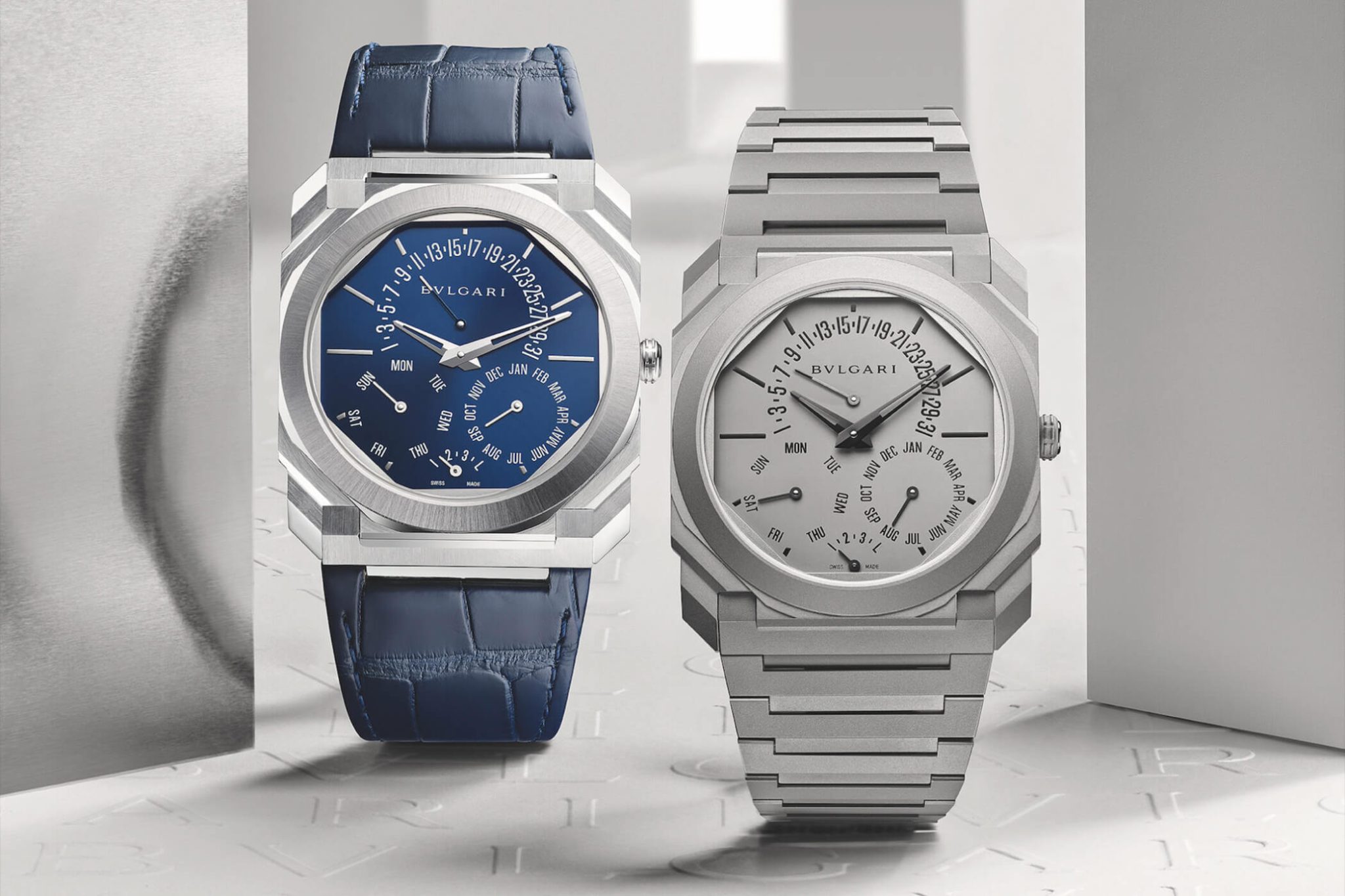
World’s Thinnest Tourbillon
Bulgari understands the art of crafting ultra-thin timepieces like few other brands, consistently breaking records across a variety of complications. Following the launch of the world’s thinnest chronograph in 2020 and the slimmest perpetual calendar in 2021, the maison now claims its tenth world record in the span of just eleven years: the thinnest watch with a tourbillon to date. Measuring just 1.85 mm in height, the new model not only undercuts the previous record-holder – the Piaget Altiplano Ultimate Concept Tourbillon from 2024, at 2 mm – but also surpasses Bulgari’s own record-setting timepiece from 2014. Back then, the calibre of the Octo Finissimo Tourbillon, with a thickness of 1.95 millimetres, set a new benchmark – and yet today’s model, case included, is thinner than the tourbillon movement alone of its predecessor.
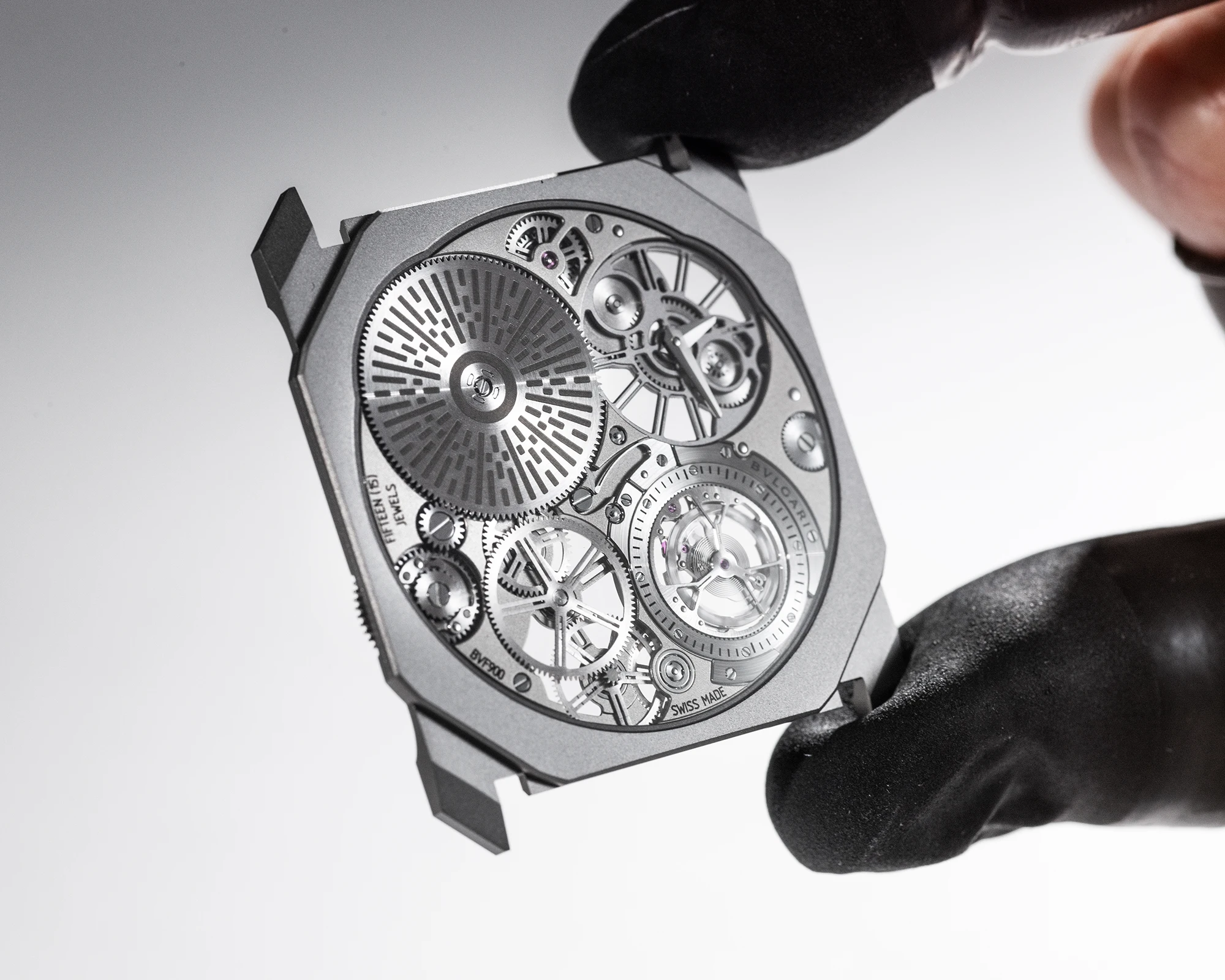
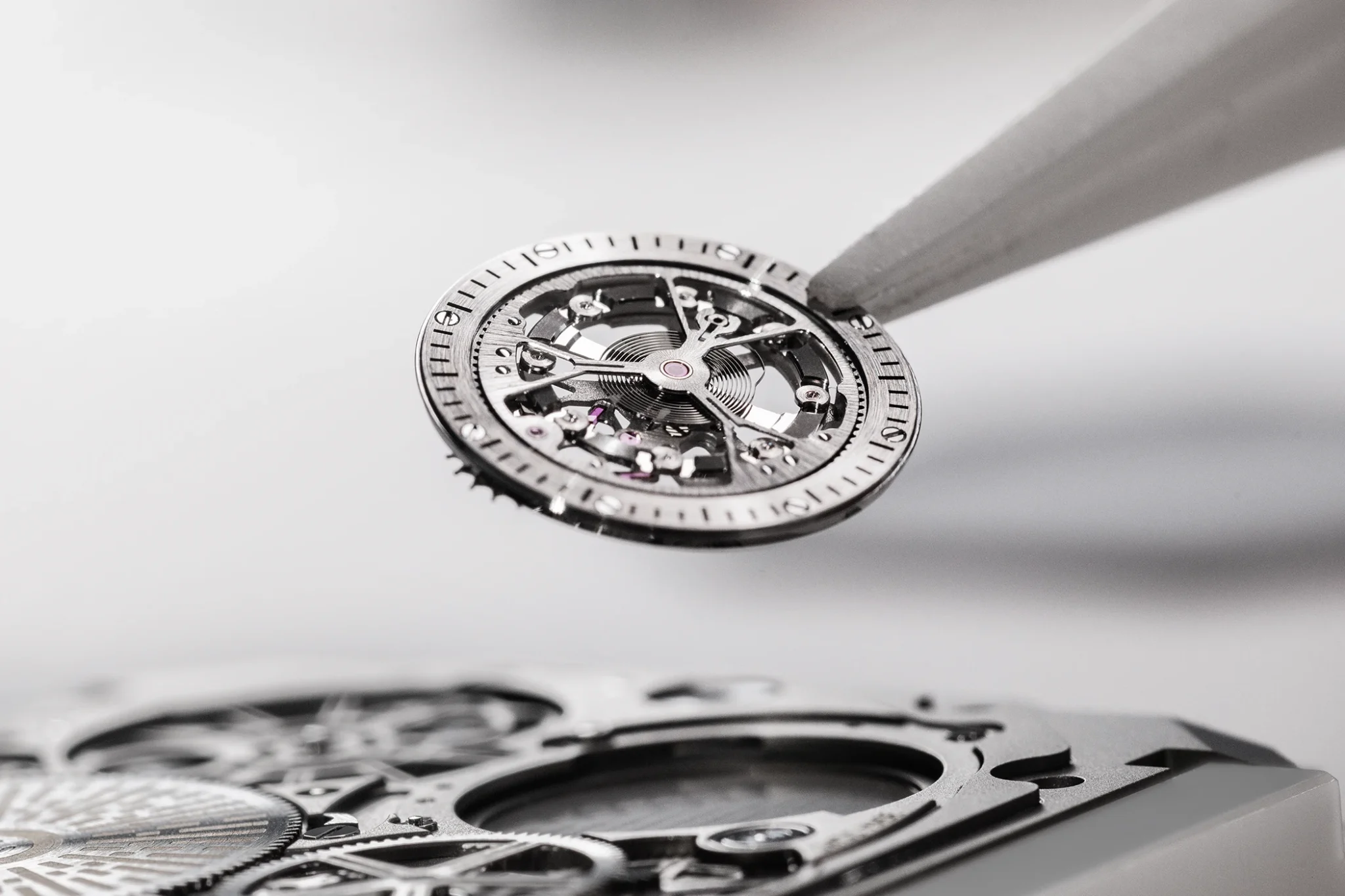
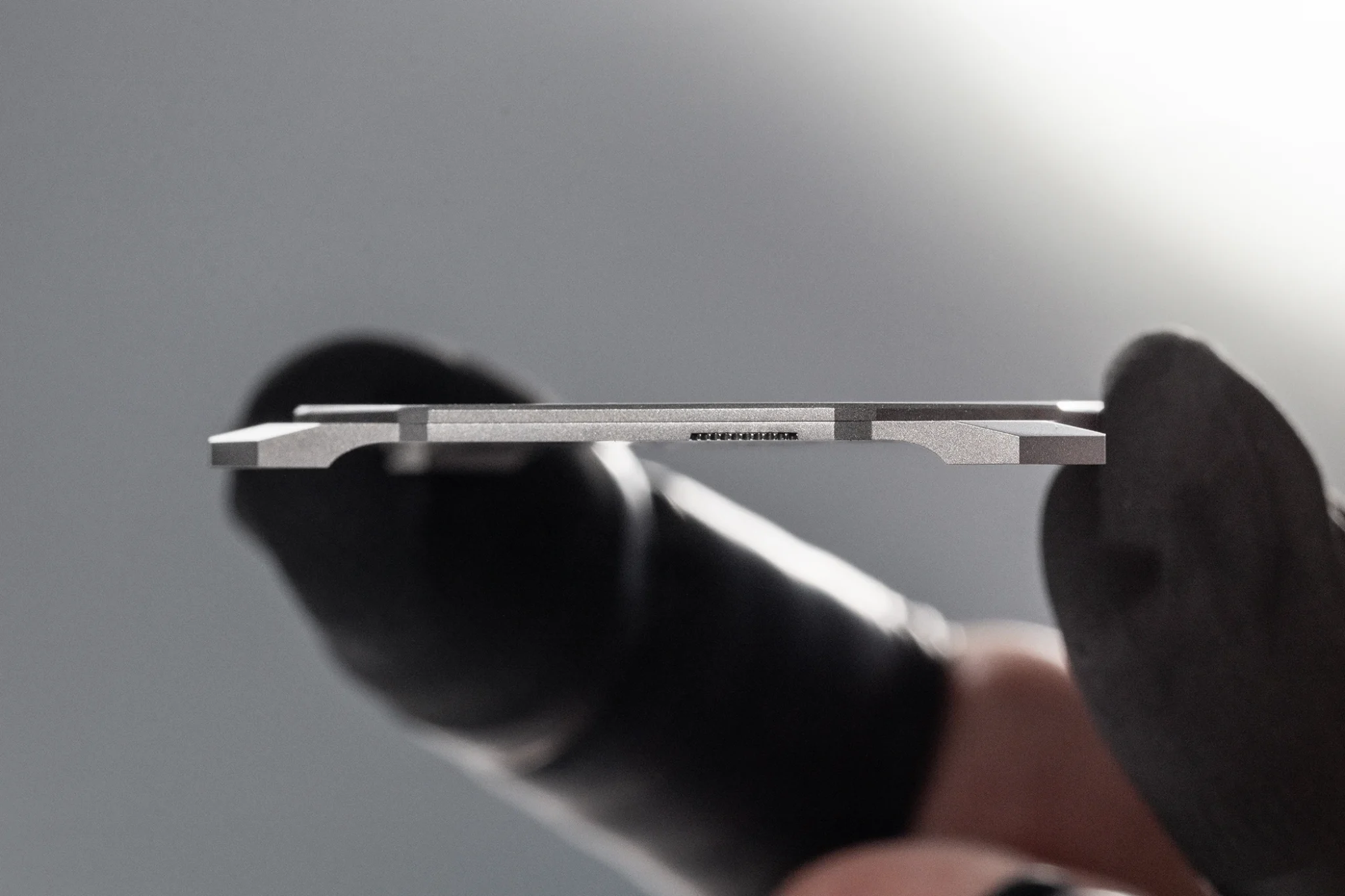
To achieve such feats, the Octo Finissimo is continuously reimagined through new concepts that bring change not only in construction, but also in aesthetic expression. In the case of the Octo Finissimo Ultra Tourbillon, Bulgari relies on a skeletonised architecture – an added challenge, particularly when working with ultra-thin calibres. Unlike its predecessors, which displayed the hours and minutes on two separate sub-dials, this model returns to a single-time display, enhancing legibility.
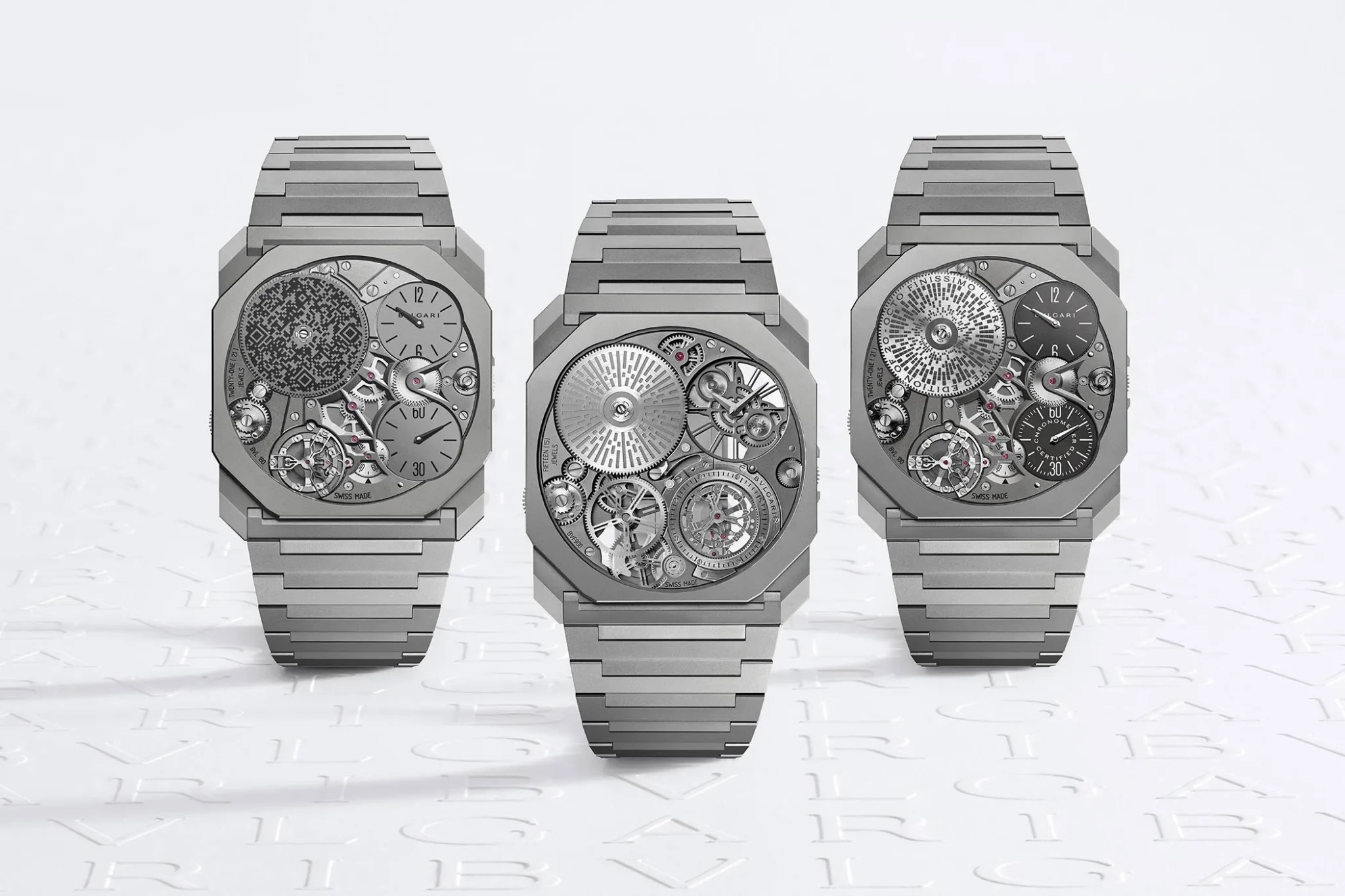
At the heart of the timepiece lies the hand-wound calibre BVF 900, which operates at 28,800 vibrations per hour and, despite its low profile, offers a power reserve of 42 hours. The movement is built on a baseplate made from extremely hard tungsten carbide, which simultaneously serves as the caseback. A traditional crown is nowhere to be found – instead, the timepiece is operated via two wheels on the sides of the case: the right wheel sets the time, while the left winds the movement.
World’s Thinnest Automatic Perpetual Calendar (No. 1)
Next we have the beloved automatic perpetual calendar, one of the most usable and iconic complications. Bulgari trumps this category with the Octo Finissimo Perpetual Calendar, at the time its seventh world record for thinness.
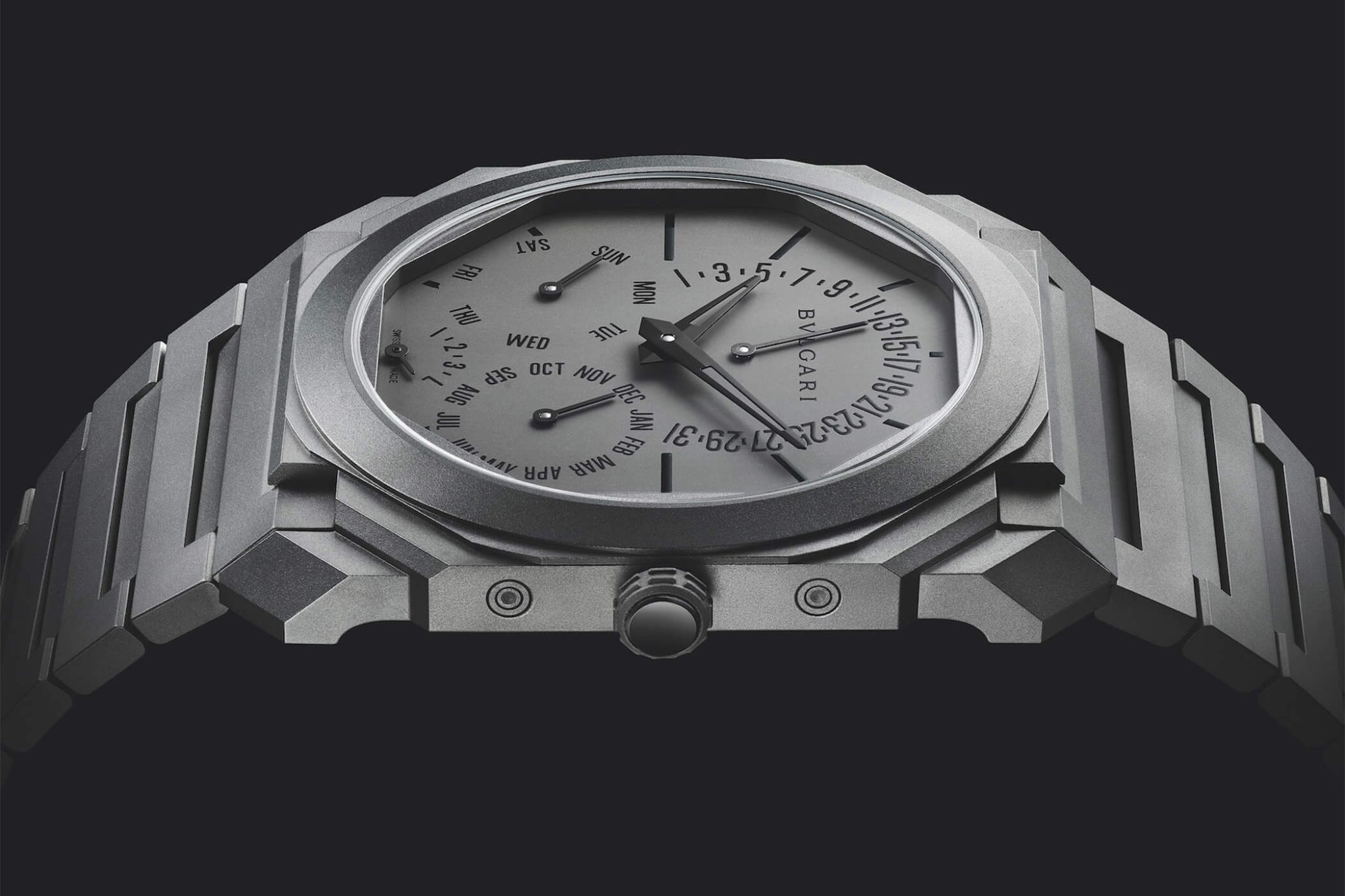
The Octo Finissimo Perpetual Calendar comes in at just 5.8mm, trumping the Audemars Piguet RD#2 by around half a millimetre. Only 2.75mm of that is attributable to the movement, with Bulgari shaving excess girth off both the case as well as movement when compared to its competitor, also designed by Genta. Calibre BVL305 has over 400 components, with a power reserve of 60 hours automatically wound by its micro rotor.
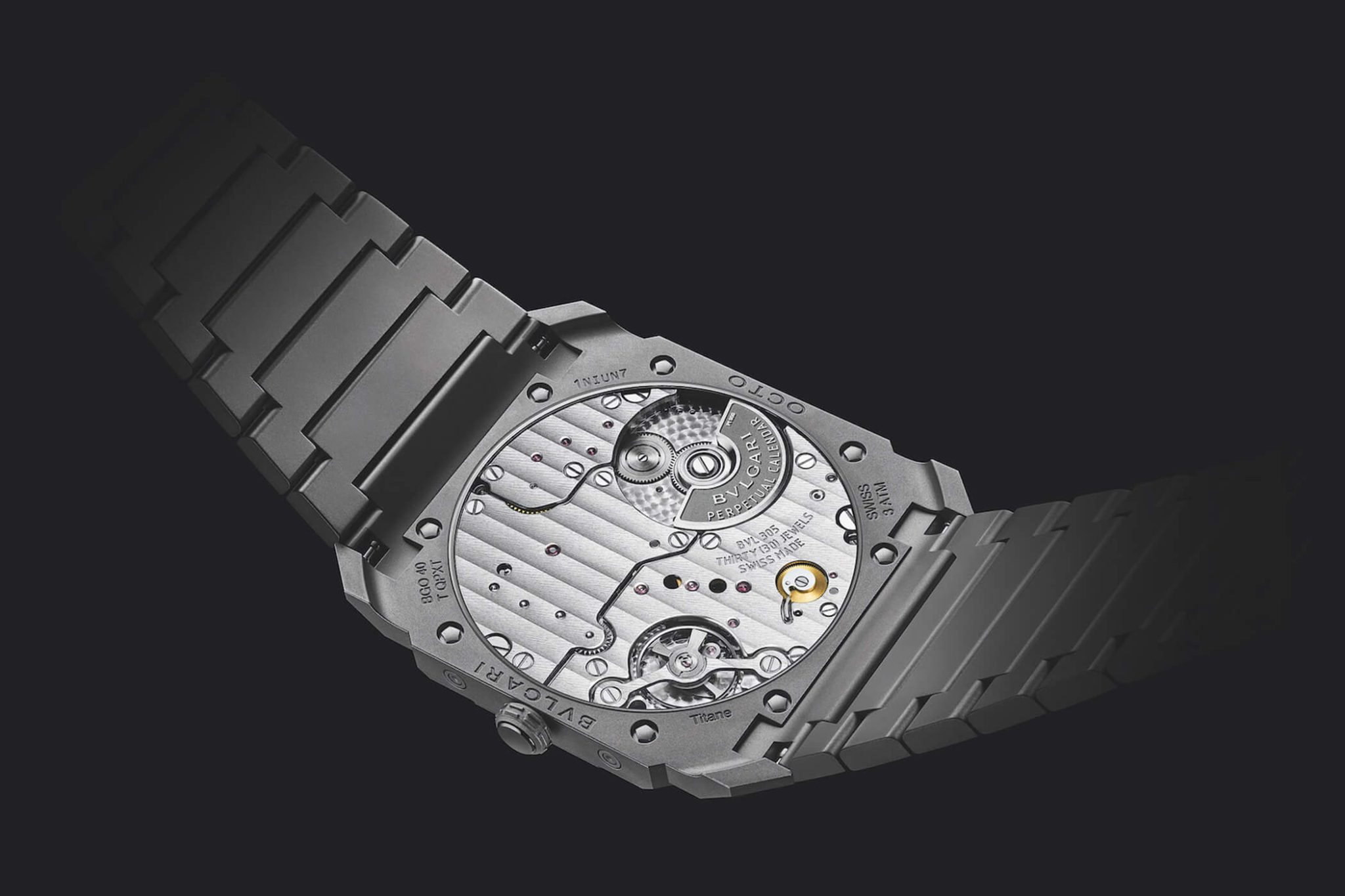
In true Octo Finissimo style it is cased in sandblasted grade-5 titanium with a matching bracelet to complete the wafer thin stealthy grey look. However, it is also available in a platinum case, with a sunburst blue dial and a matching blue leather strap.
World’s Thinnest Automatic Perpetual Calendar (No. 2)
Audemars Piguet are no strangers to extra or ultra-thin movements. The Royal Oak first appeared in 1972 with an extra-thin JLC-920 movement, and since then the brand has taken ultra-thin to the next level with the RD#2.
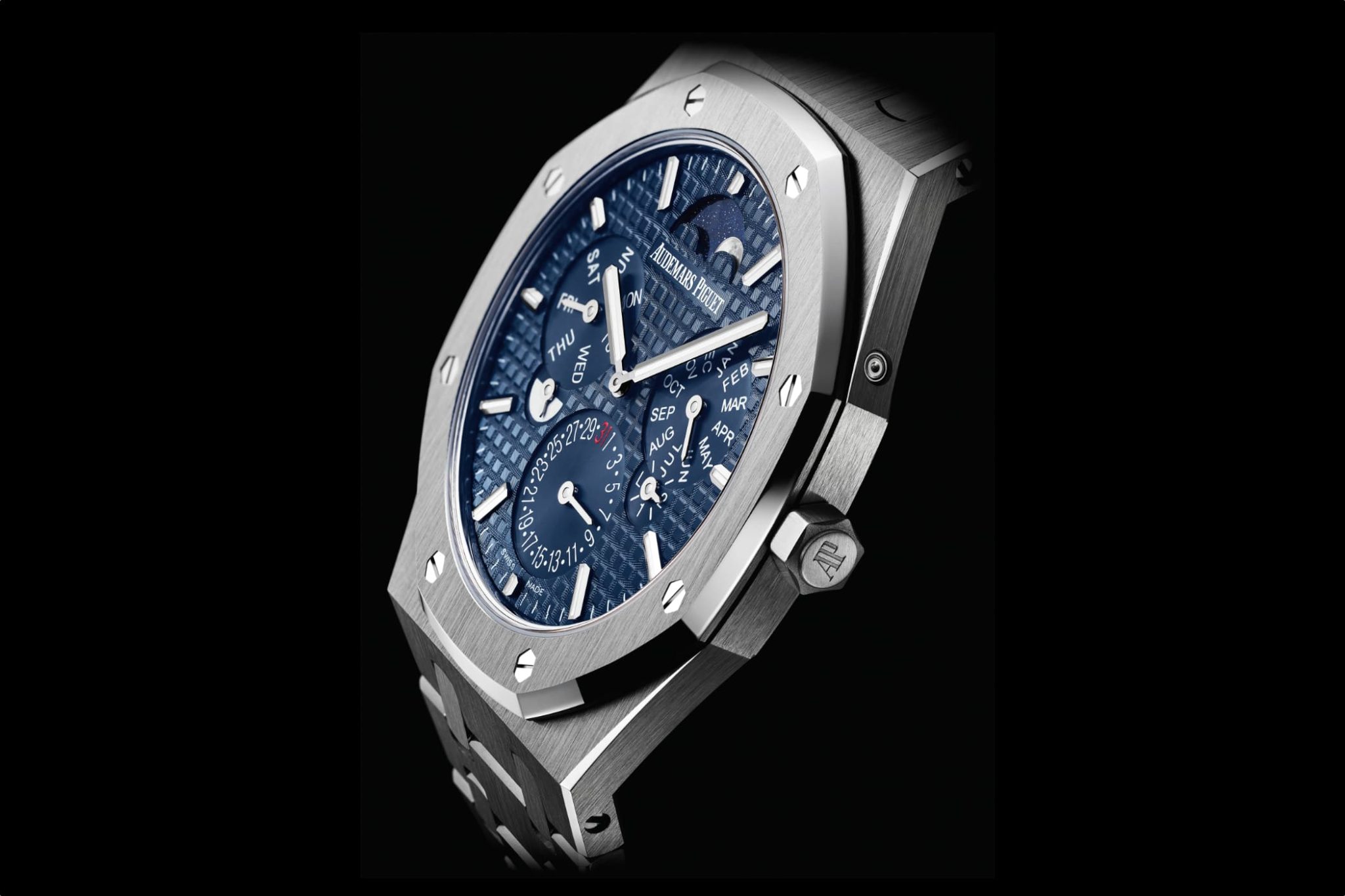
Back in 2018, the research and development team unveiled the concept prototype of the ultra-thin perpetual calendar, ref 26586, which was constructed from full platinum and measured just 6.3 mm in thickness. It was assigned the title ‘Research and Development #2’. The brand then went on to release its first production variant in predominantly titanium but with platinum centre links and bezel, whilst also shaving off 0.1 mm in thickness to bring the total case height to just 6.2 mm.
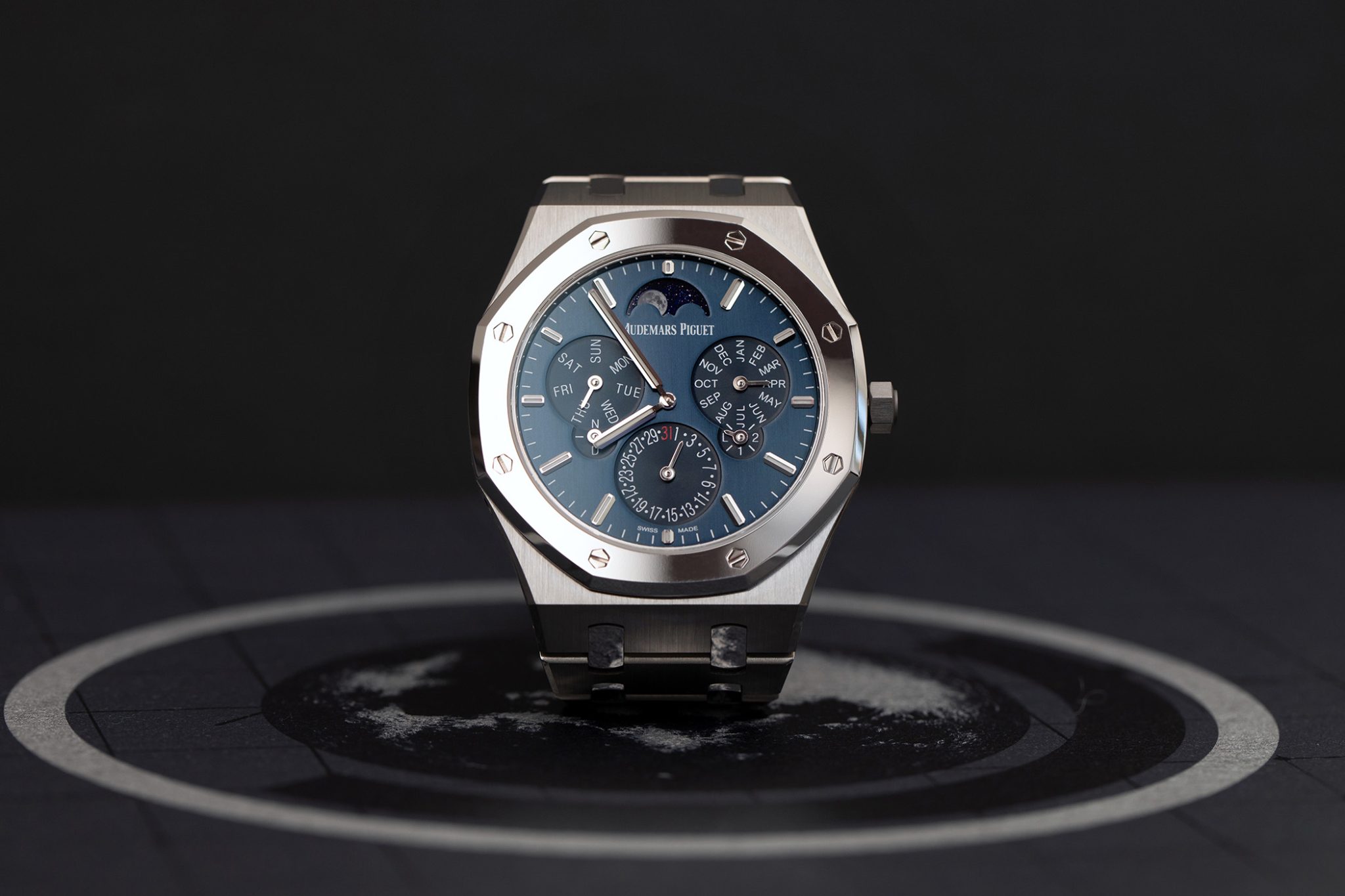
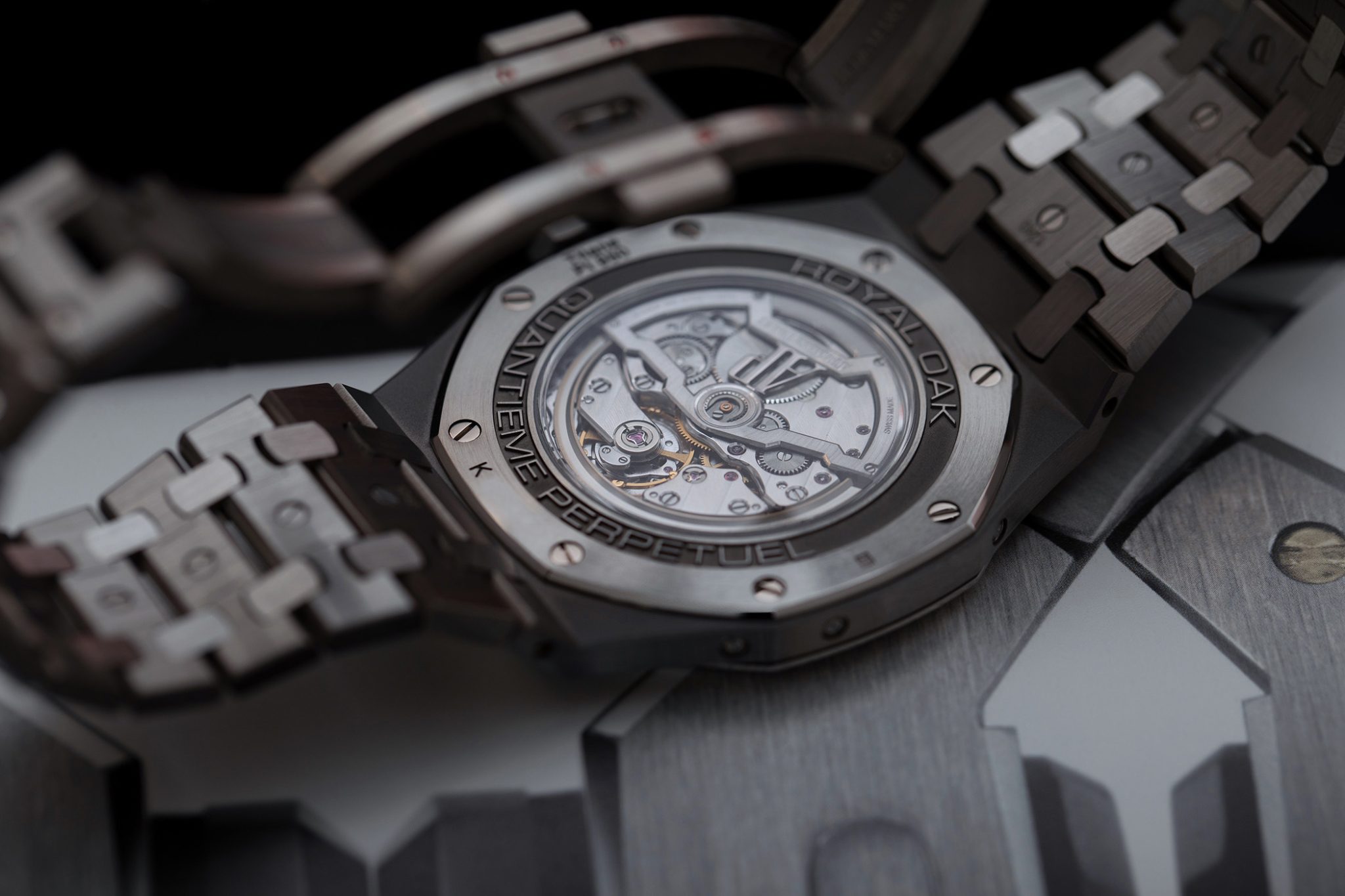
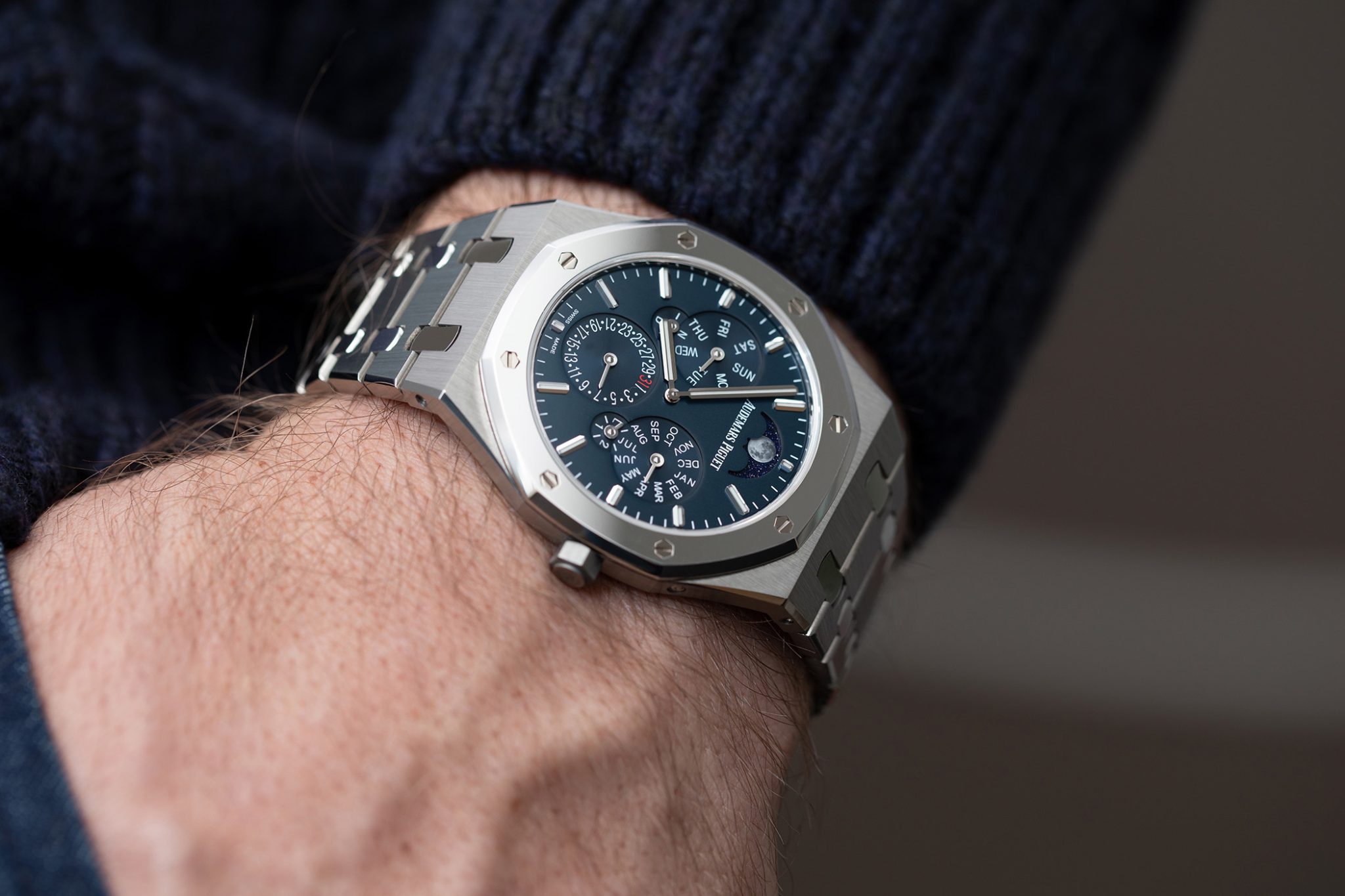
Last year, Audemars Piguet released the latest version of its ultra-thin perpetual calendar, this time in full titanium. It has to be said, this gradual transition from ultra heavy platinum to ultra light titanium seems fairly logical on a watch this thin. Once again at just 6.2 mm, the new RD#2 remains the world’s thinnest automatic perpetual calendar wristwatch. This latest version is a limited run of just 200 pieces, powered by the same calibre 5133 and featuring a smoked blue dial with black sub dials.
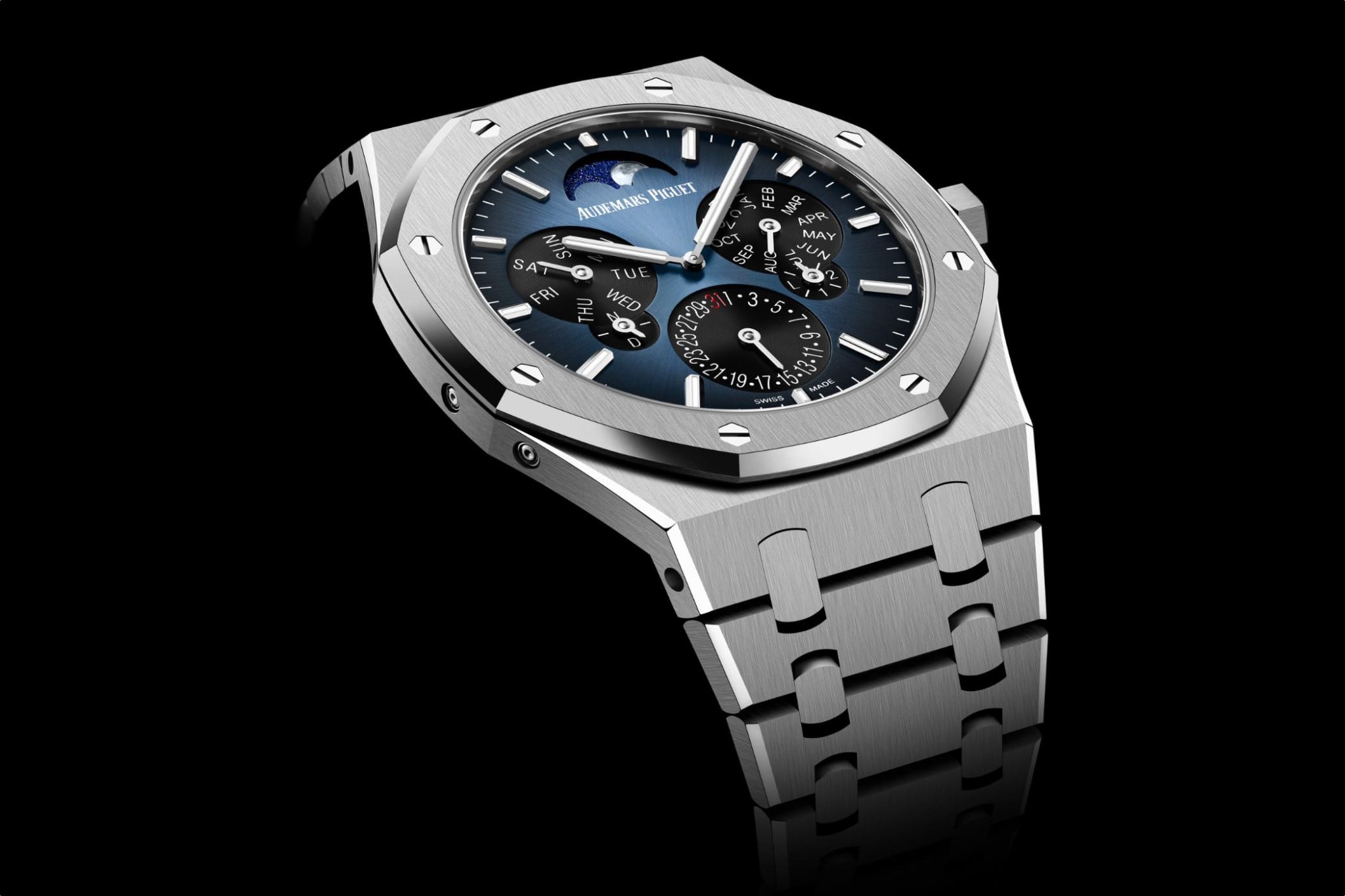
World’s Thinnest Minute Repeater
Bulgari are experts at making ultra-thin watches, so it’s no surprise they created the thinnest minute repeating wristwatch ever: The Octo Finissimo Minute Repeater.
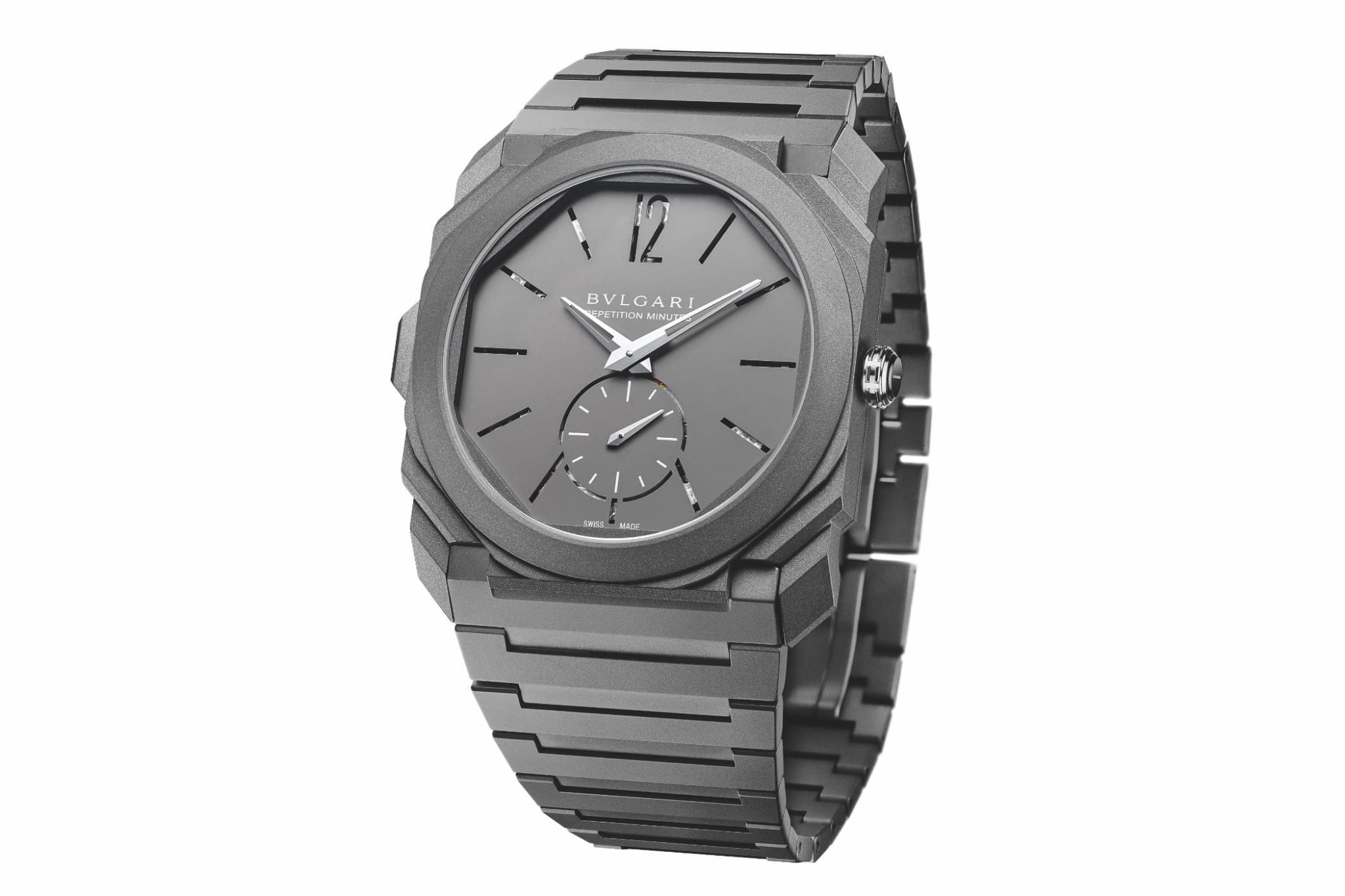
Measuring in at just 6.85 mm in thickness, it is mesmerisingly thin for such a complicated piece, adding to Bulgari’s dangerous starting lineup of ultra-thin wristwatches. As per usual with the Italian brand, the case of this ultra-thin minute repeater is made from sandblasted grade 5 titanium, but this time featuring a sapphire crystal case back as opposed to the ‘two in one’ we regularly see with ultra-thin watches (Such as the Piaget mentioned above). As well as this, it is even water resistant to 30 metres, which is unusual for a minute repeater — I wonder what it sounds like under water (don’t try at home!).
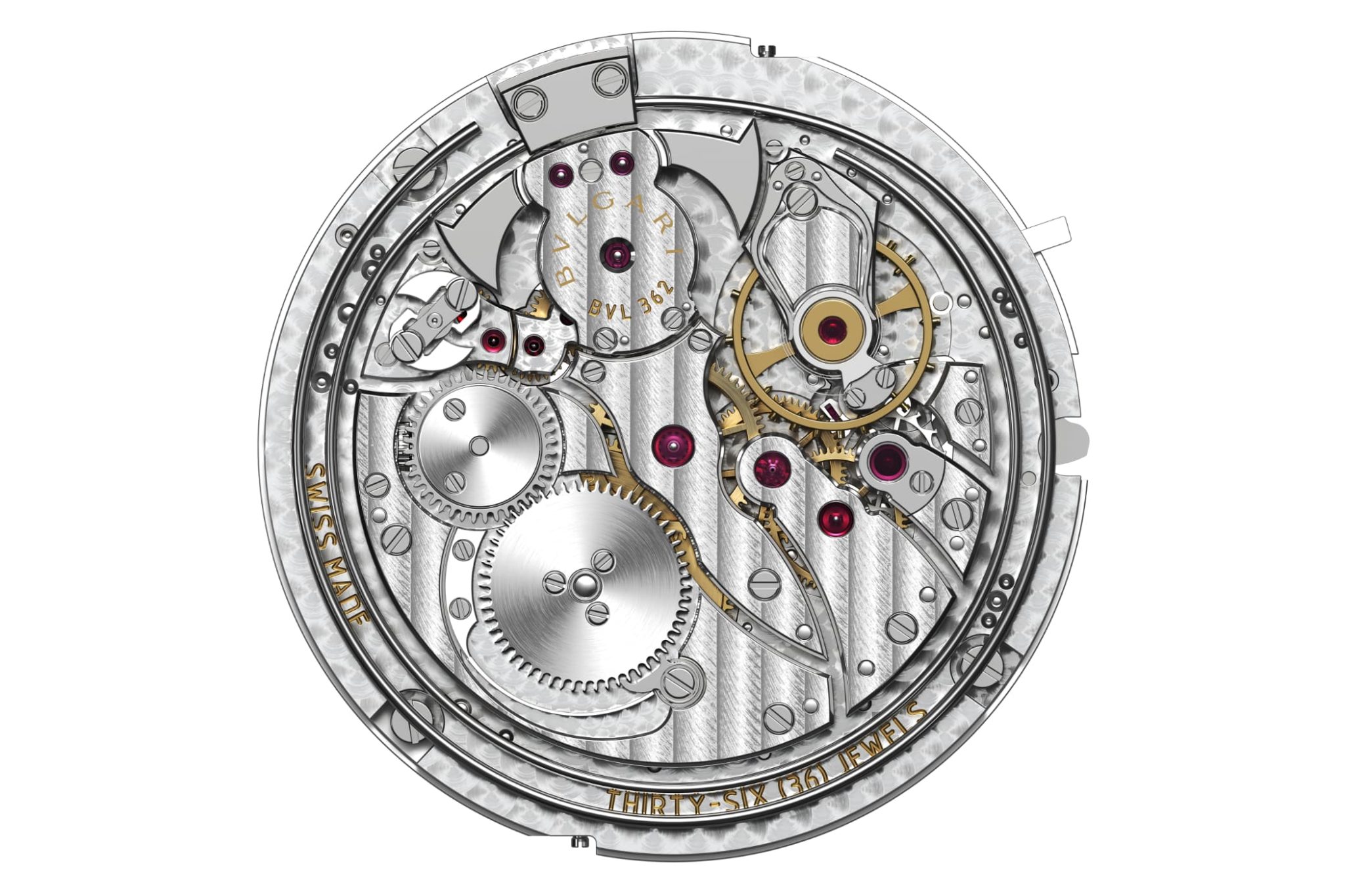
The dial features cut out hour markers in order to allow the sound from the repeater chimes to pass seamlessly though the front of the watch. These striking hammers are powered by manually wound calibre BVL362, featuring 42 hours of power reserve.
World’s Thinnest Tourbillon Minute Repeater
Whilst the Piaget and Bulgari feature a tourbillon and minute repeater respectively, the Jaeger-LeCoultre Master Ultra Thin Minute Repeater Flying Tourbillon has both. Despite the fact it was launched a decade ago in 2014, at just 7.9 mm it remains to this day the thinnest ever minute repeating wristwatch with a tourbillon.
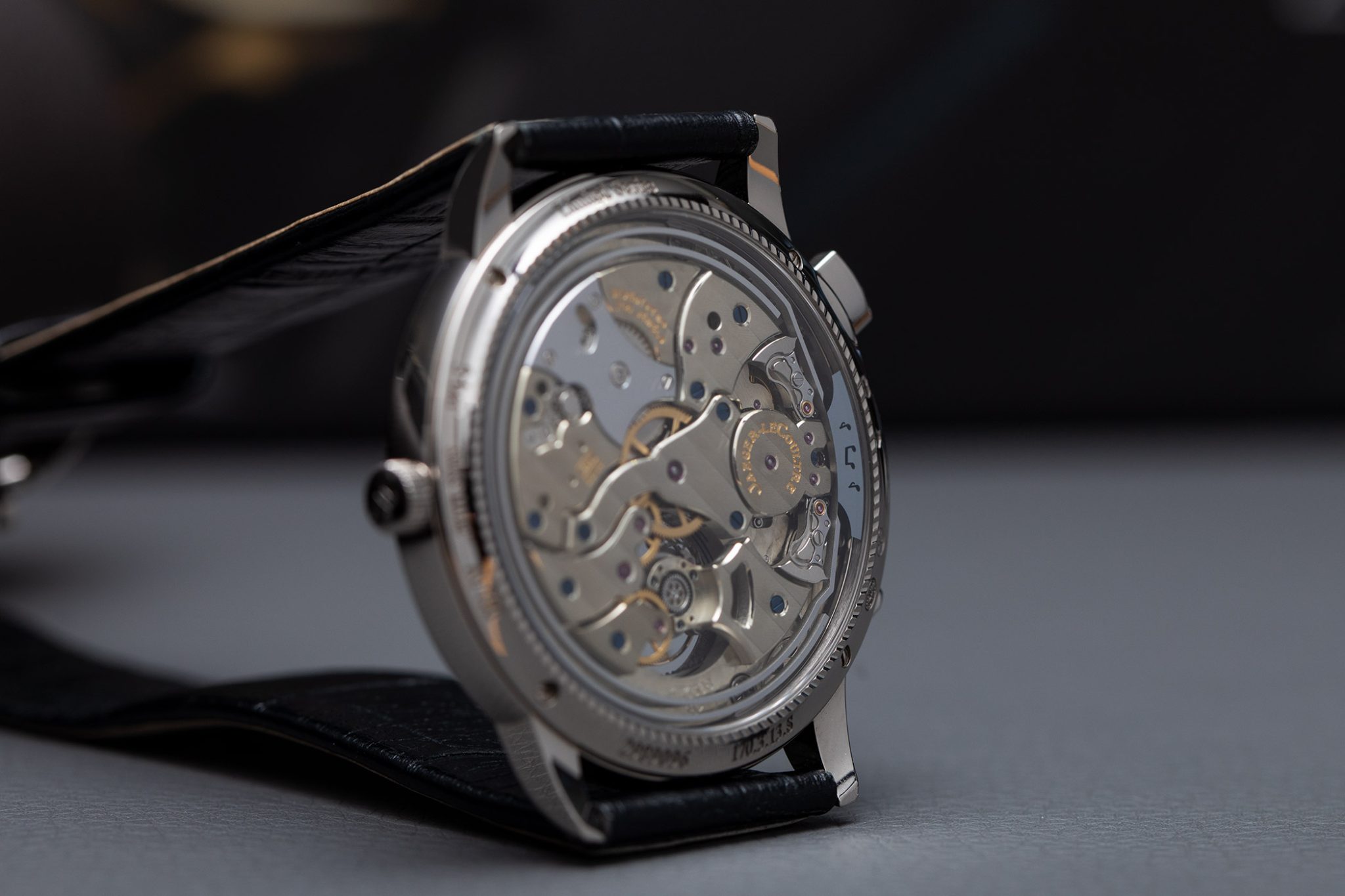
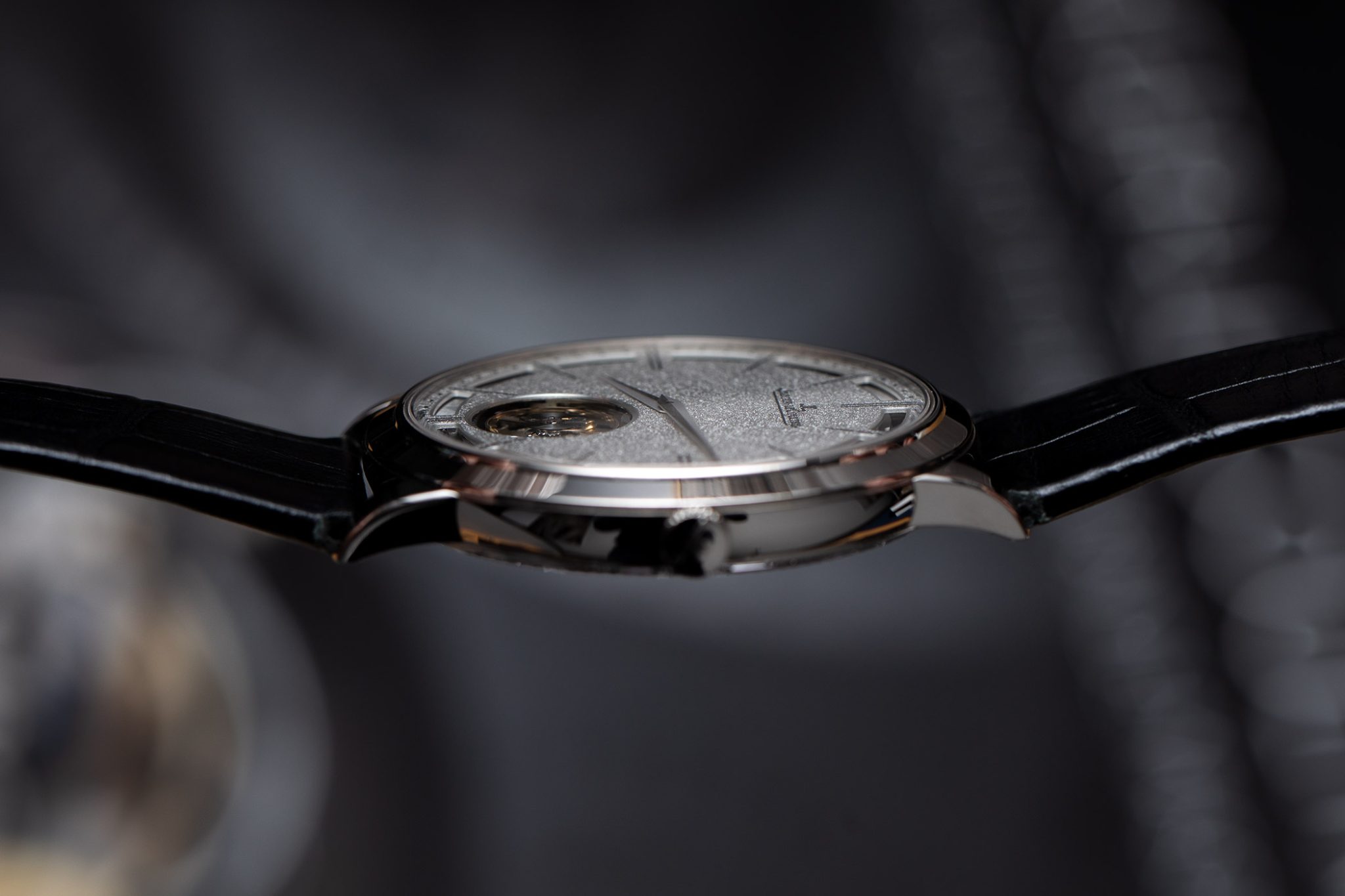
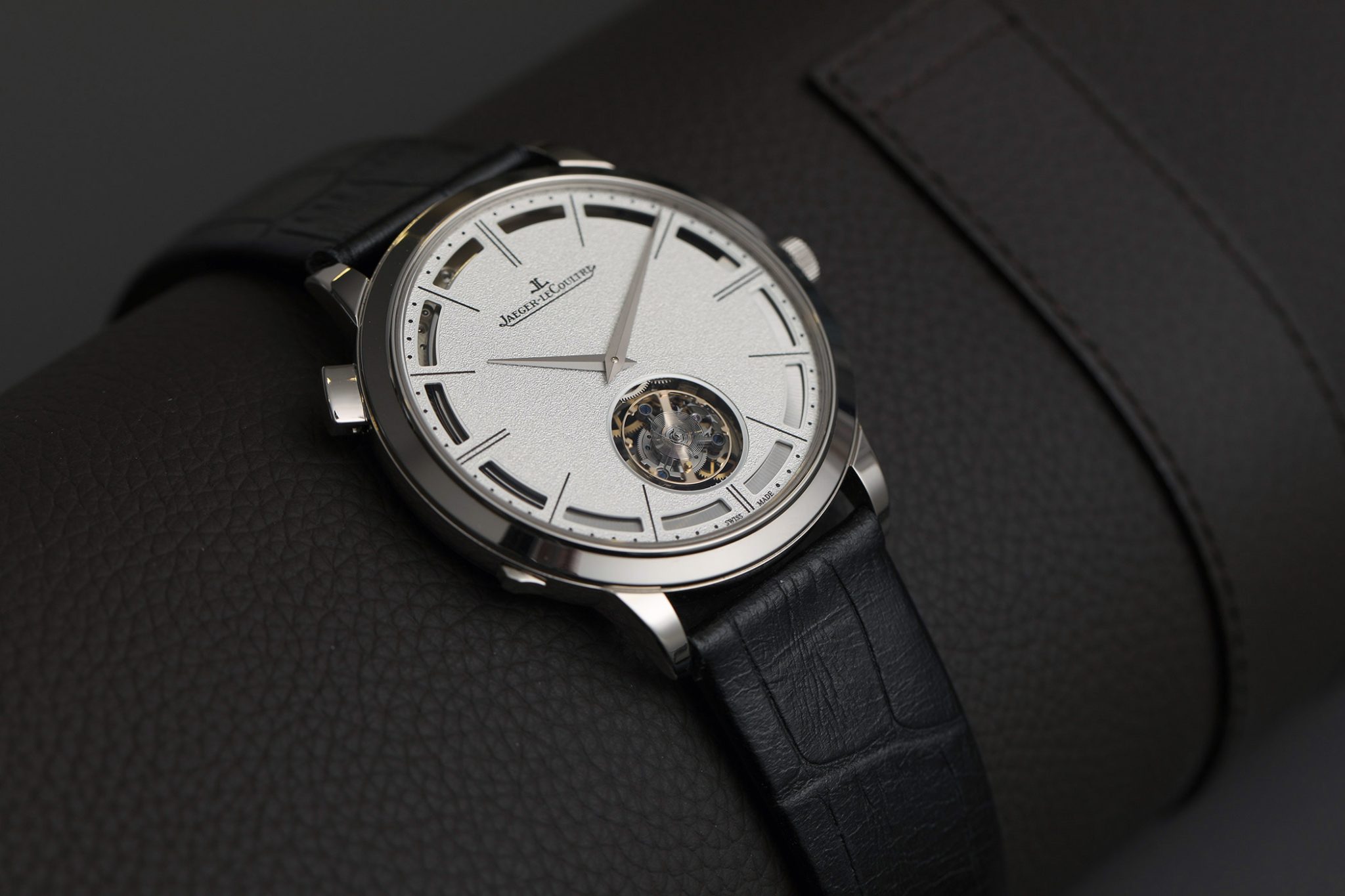
The JLC 362 caliber within measures at just 4.8 mm, and has a rather unique feature to its repeater chimes. As conventional repeaters chime the hours, followed by the quarters and then minutes, they tend to pause if there are no quarters to be chimed. Instead, JLC has managed to eliminate that pause as the movement is capable of detecting when the minutes are within the first quarter. On top of this, the tourbillon is found at 6 o-clock and dispenses with a bridge for enhanced aesthetic.
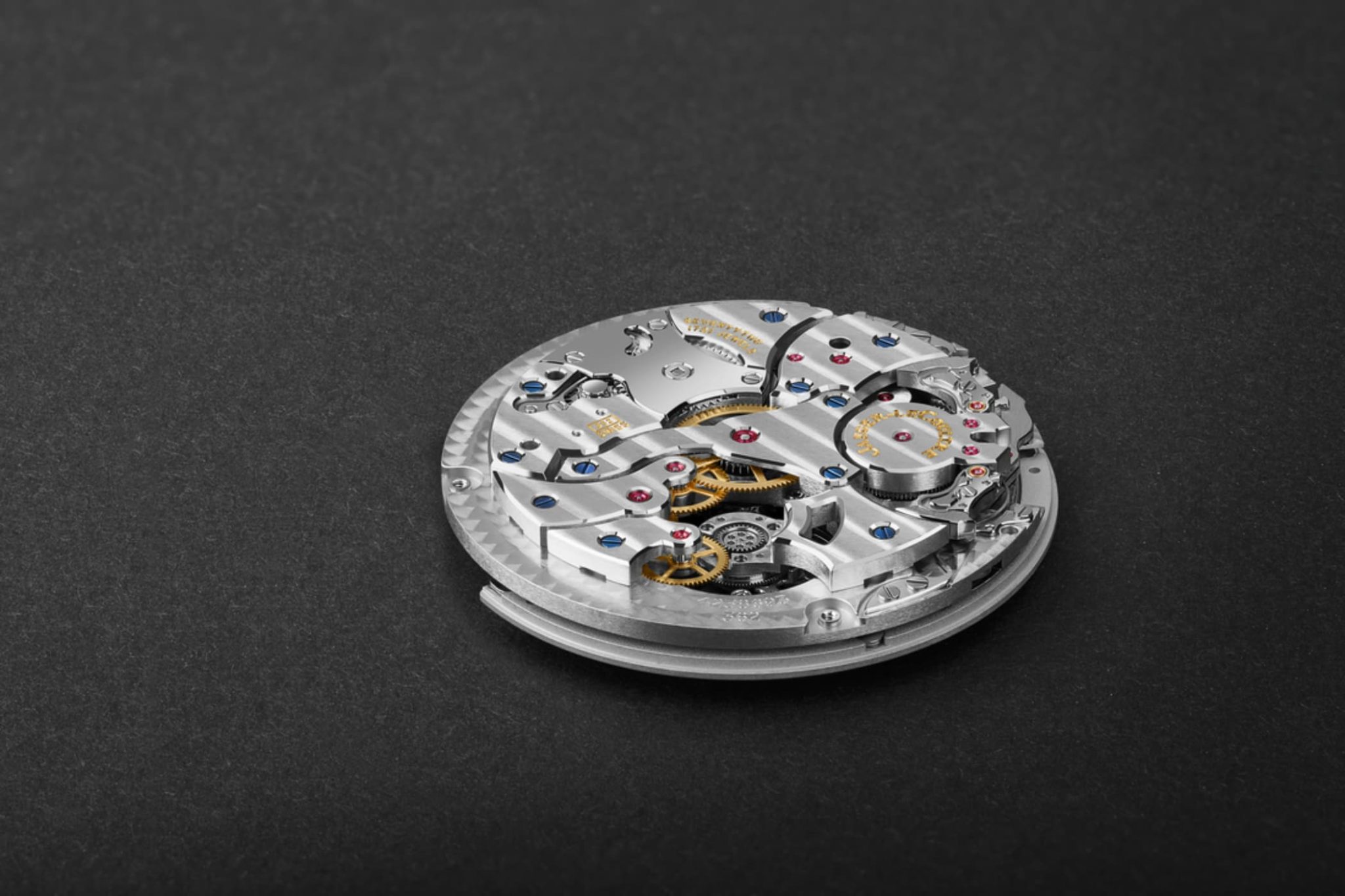
This incredible automatic calibre remains visible due to the peripheral winding rotor, and is activated via a retractable mono-pusher at 10 o-clock which only appears when the slider at 8 o-clock is activated. All of this is housed within a 41 mm white gold case and limited to 75 pieces.

World’s Thinnest Automatic Split Seconds Chronograph
Despite the likes of Piaget and Bulgari holding most records these days, Vacheron Constantin has long been known a producer of ultra-thin watches and still remains relevant in today’s age. In comparison to the watches released by these brands, Vacheron’s Traditionnelle Split Seconds Chronograph ‘Collection Excellence Platine’ may seem relatively thick at 10.72 mm, however, it houses the worlds thinnest split seconds chronograph wristwatch movement at just 5.2 mm.
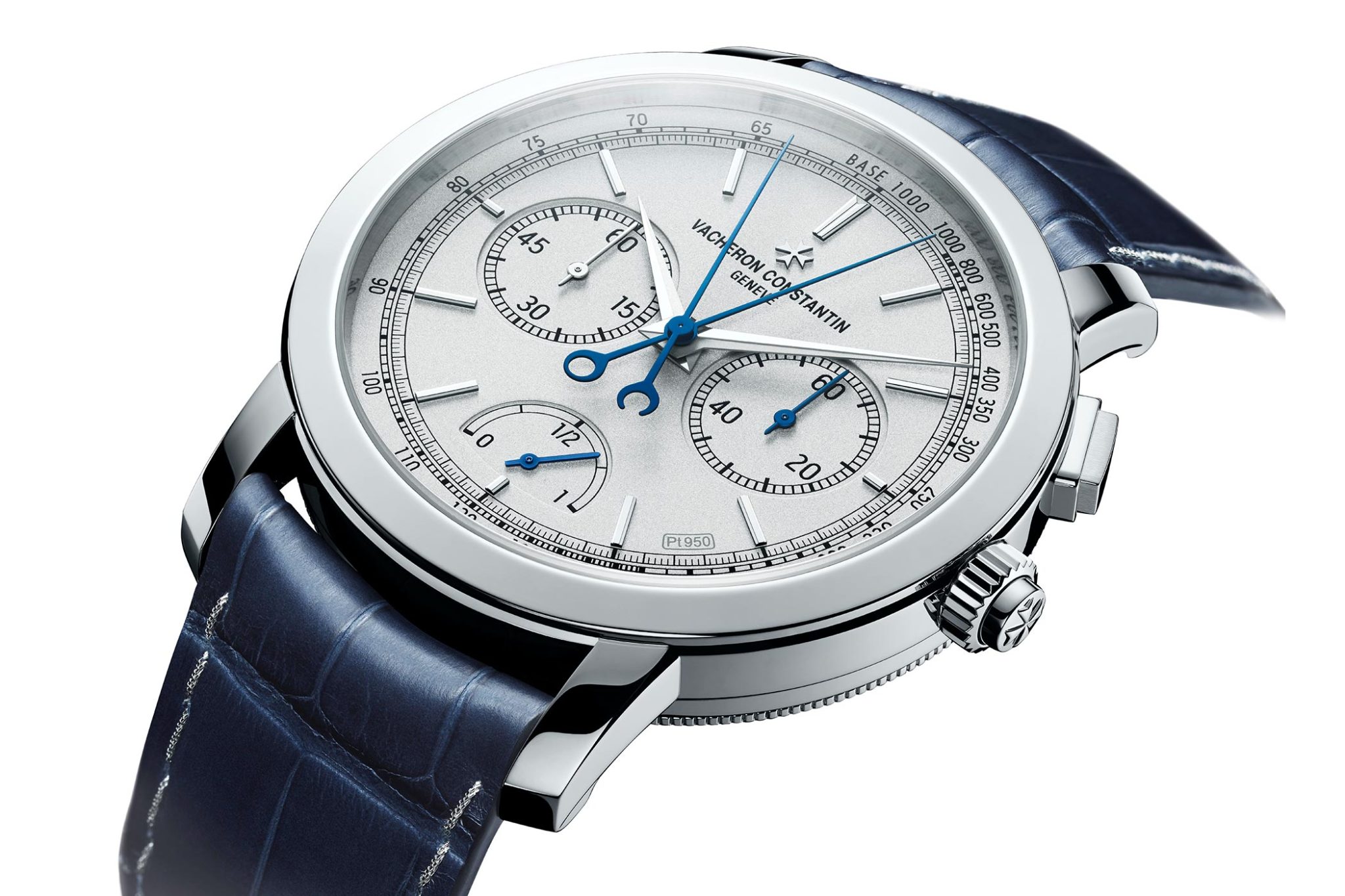
Calibre 3500 has been used briefly before by the brand, and when brought back in 2022 it was just as brief with only 15 pieces being made. The calibre features a mono-pusher design, as well as a lack of split-second isolator and jumping minutes counter to increase the slenderness. Despite these achievements, the automatic calibre 3500 remains attractive to say the least, and even visible thanks to Vacheron’s peripheral rotor design.
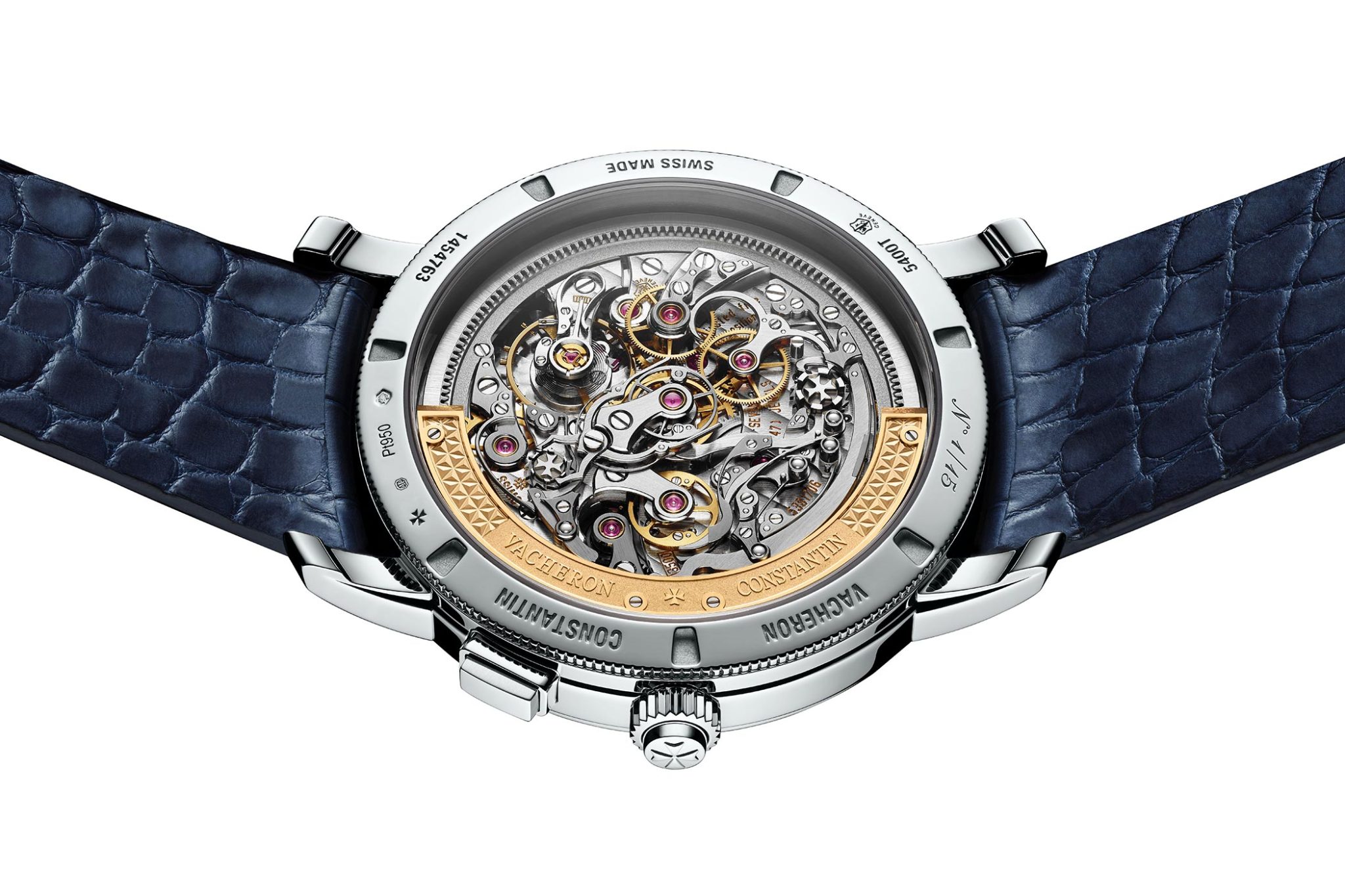
Cased in 42,5 mm of platinum with a platinum dial, this watch retains both luxury and functionality in mind.
Ultra-thin Vintage from Vacheron Constantin
Lastly, we have something different. Something vintage. In 1983, Vacheron Constantin brought reference 43031 to the Patrimony lineup. Measuring at just 7.1 mm in thickness it has been produced in a variety of metals, such as platinum and yellow gold, with the latter being the most commonly known.
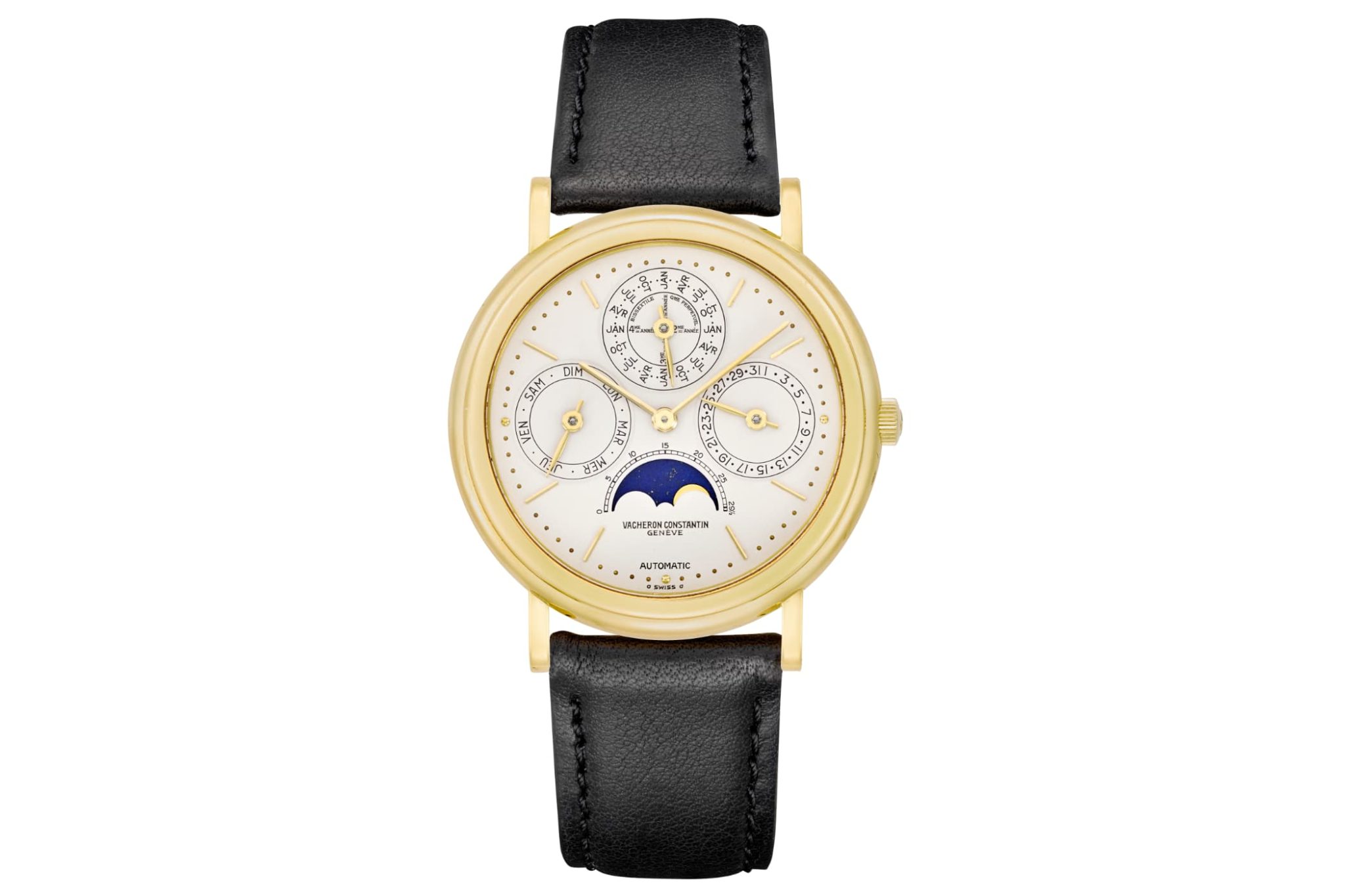
Reference 43031 is powered by the Vacheron calibre 1120, itself based on the iconic JLC-920, which was developed not only by JLC but with heavy involvement from Vacheron as well as Patek Philippe and Audemars Piguet. On its release, calibre 920 was the worlds thinnest automatic date driving movement, and presented an excellent formula for many wristwatches. In this instance, Vacheron used the 920 as a base calibre, further developing on it by adding a complete perpetual calendar module whilst still retaining its slenderness — It is not much more than a millimetre thicker than the Royal Oak RD#2 mentioned earlier!
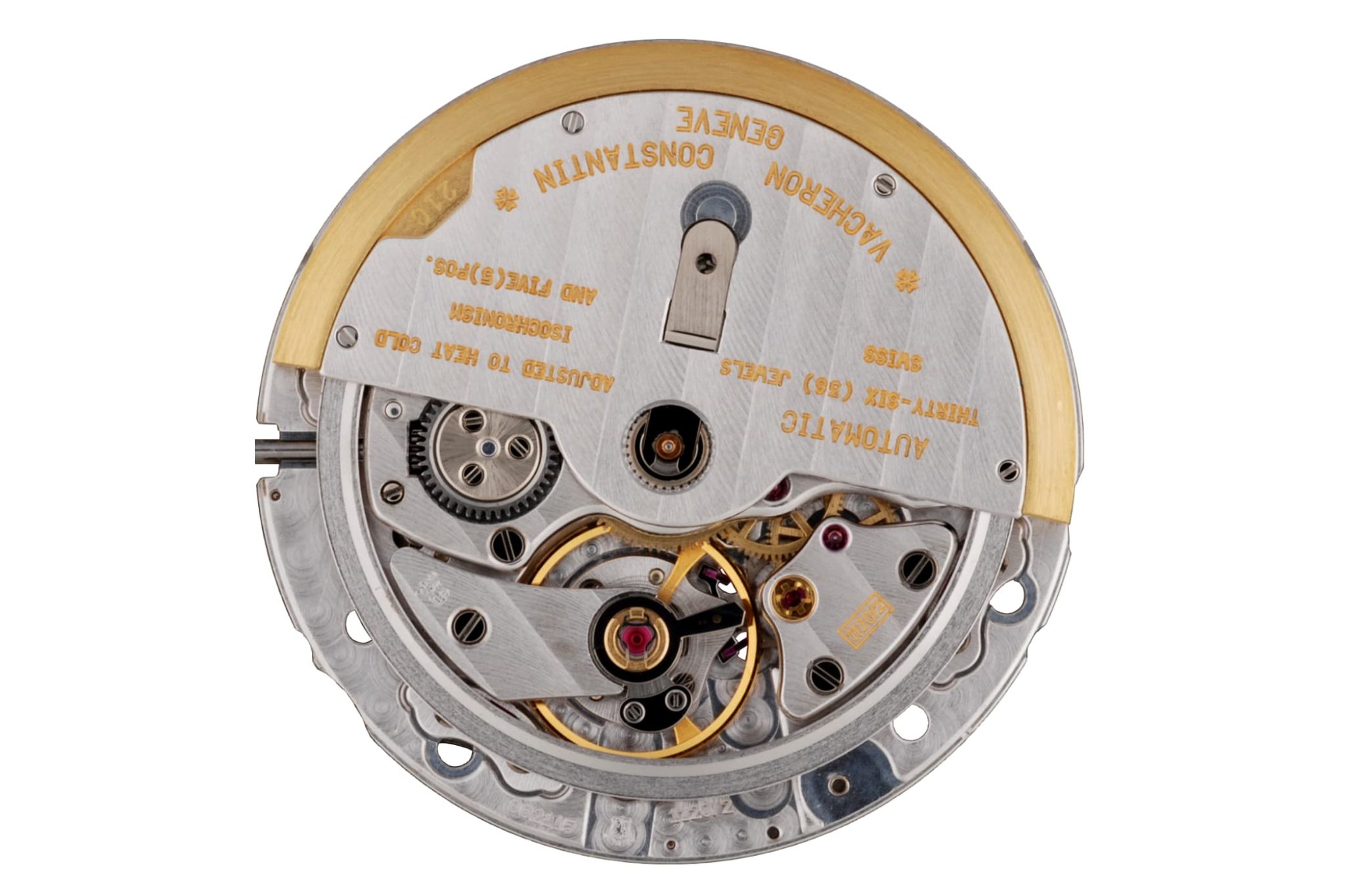
Reference 43031 displays all the conventional indicators present on perpetual calendars with the special touch of a lapis lazuli moonphase disc. Furthermore, as a gentle reminder of the vintage nature of this watch, the month subdial features all 12 months, as opposed to the common presence of 6, and the year indicator is fully spelled out, rather than numbered.

